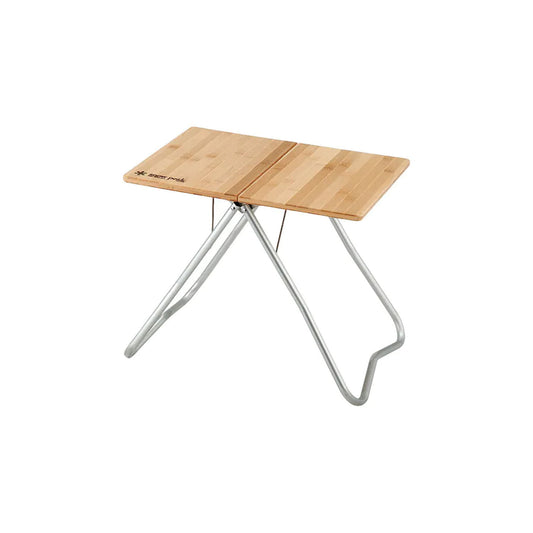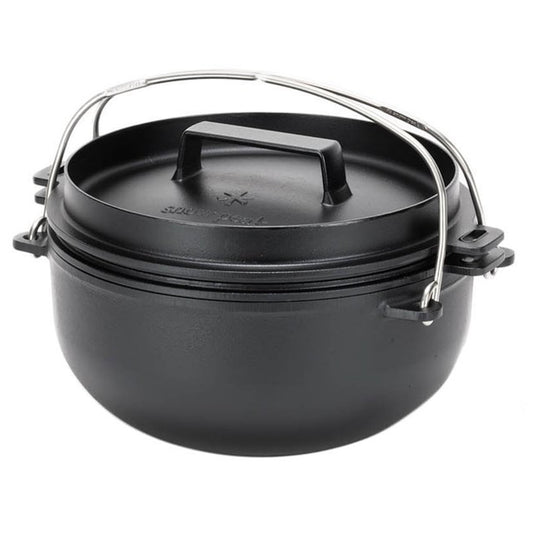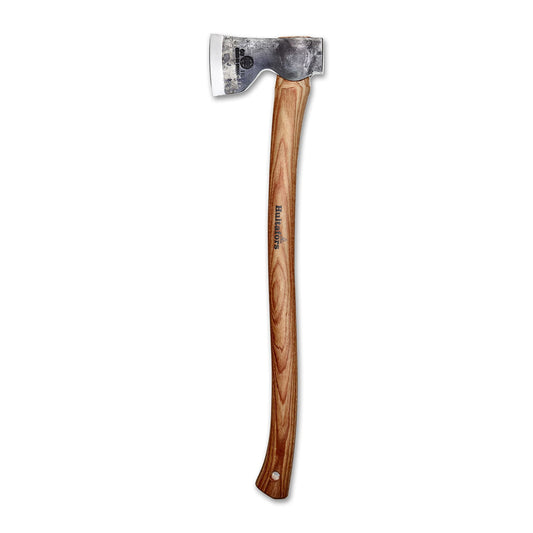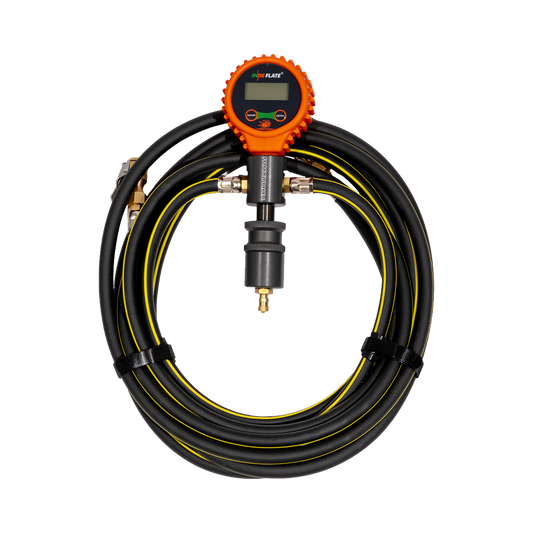On a whim, I decided I needed some desert time. I had my eye on the Madigan Line in the Simpson Desert and settled on the Anne Beadell Highway as the path across from Perth would be the perfect way to start.

Within a week and a half, I’d organised permits and with help from my wife Gen (who unfortunately couldn’t make this trip), had organised packing and meal lists using our Trip Planner app and was ready to go. The app calculated my LandCruiser loaded to be 3,446 kilograms with 214 kilograms of payload free.

The 3,446 kilograms includes 220 litres of diesel, 90 litres of water, two spare wheels (one inside), most food for the majority of the trip and my weight. We double-checked the accuracy of our packing with the app against a weighbridge and we were within 50 kilograms which considering the calibration of weighbridges and the number of gear and food items packed is very accurate.

After the long drive on tarmac north from Perth, I was itching to get onto the dirt and start the 1,300km trip from Laverton to Coober Pedy.

Getting beyond the remnants of mining activity at the start of the track, and approaching Yeo Lake Nature Reserve it started to feel like I’d escaped civilisation and was once again someplace wild.
Shallow caves, similar to those along the Great Central Road, and other parts of Central Australia, are fun to explore and I always love climbing to get a view of the surrounding landscape.


Within the Nature Reserve is the abandoned Lake Yeo Homestead, which I believe is a popular campsite. I decided to push on and camp a little further along the track though, and wow, I’m glad I did.

As the afternoon drew long, I was on the lookout for a place to camp and then a rocky outcrop caught my eye on the horizon and followed a side track that led to the base. As the sun dropped in the sky, the rockface lit up brighter and the light cloud backdrop made it truly picture perfect.


It was a stunning place to spend time and a memorable first night of the trip. I was in no rush to leave this spot and spent a long morning drinking coffee and revelling in the comfort that pristine places like this are quite literally in my own backyard.

The Anne Beadell Highway was named after Len’s wife Anne and was built in five stages from 1953 to 1962 by Len Beadell and the Gunbarrel Road Construction Party.

As I passed markers like Neale Junction, the intersection with the Connie Sue Highway, I get curious about what lies over the unseen horizons. There are endless paths to take through the interior and a trip like this always replenishes my enthusiasm to see more.

The driving is demanding enough that it takes concentration and shifting gears to find the right speed for the corrugations, washing off speed to avoid hard bumps and twisting and turning through tight turns and over sand ridges is a really fun part of the experience for me.



The camping along the Anne Beadell is exceptional and the edge of a salt lake, secluded bush spots and sites with a view are all included in the permit price, have vacancies and have no requirement to book.
Strangely, it is the freedom to roam at your own schedule that I love most about the interior. With so many of the best camping areas now requiring advance booking, trips require forward scheduling and even the most relaxed travellers are somewhat forced into a schedule to avoid missing out.
For this trip, I have a generous time window, and the ability to camp where it’s beautiful and rest more when I’m tired. It’s an incredibly relaxing way to travel.


Crossing the Great Victoria Desert is full of surprises, and if you are picturing a desolate landscape with a few spinifex scrubs, you couldn’t be further from the truth. From large trees to endless vegetation and an abundance of wildlife, it’s surprising how well nature can survive such a dry climate.

I’ve been reading the Ballad of Abdul Wade, the story of the early Afghan cameleers. These cameleers were incredibly successful travellers, and when remote Australian towns were cut from supplies due to floods and the hard-hoofed bullock teams couldn’t make the journey, these camels came to the rescue.
So, almost serendipitously, I came face to face with a stunning camel – the closest encounter in my years of travel. This camel was not phased by the rumbling of my LandCruiser, not one bit.

Further along the track is the Woomera Prohinited Area. Between 1956 and 1963, the United Kingdom conducted seven nuclear tests at the Maralinga. While it is a part of Australian history, and it is interesting to see first-hand I found it a strange place.
In the lead-up to the ground zero sites, the landscape is increasingly barren. In part, similar to areas surrounding areas of heavy industry and mining, but this was different. There was vegetation but the undergrowth seemed sparse. Areas that would usually be filled with spinifex were limited to clumps here and there.
It had an eery vibe, and as interesting as it was to visit, I was happy to continue along the track and to more healthy landscapes.

Back into nature and South Australia’s, Tallaringa Conservation Park and then onwards to Coober Pedy.


If you’re considering travelling along the Anne Beadell, I recommend it. What a privilege to spend time in such a remote and scenic landscape.
Anne Beadell Highway Tips
The Anne Beadell Highway road conditions are rough. It is a fun track, but not technical four-wheel driving, but the corrugations are relentless. I spotted three camper trailer carcasses, spoke with a couple limping to Laverton with a camper trailer axle held in place with ratchet straps and heard more stories of travellers turning around with their campers.
I reliable four-wheel drive that isn’t overloaded will do fine. In my LandCruiser, I have long-travel remote reservoir shock absorbers and run lower tyre pressures. In most sections this allowed me to travel across the top of the corrugations and at this speed it was much gentler on the vehicle and me.

Anne Beadell Highway Permits
To cross the Anne Beadell Highway permits are required. These are inexpensive (or free), the people I spoke with were incredibly helpful, and while it’s recommended you allow more time for processing in peak periods, I received all of mine within a week.
- Cosmo Newberry Permit
- Maralinga Tjarutja Access Permit
- Woomera Prohibited Area Permit
- Tallaringa Conservation Park Entry Fee

Anne Beadell Highway Fuel
For the Anne Beadell Highway, fuel consumption is an important consideration due to the length and remoteness of the track. From Laverton to Ilkurlka Roadhouse and Community is ~504km and I used 74 litres at a rate of 14.68 litres per 100km. From Ilkurlka to Coober Pedy is ~728km and with more twists and climbs, my consumption increased to 17.32 litres per 100km and a total of 126 litres. With a 180-litre tank plus 40 litres in jerry cans, I had ample and could have completed the trip if there was an issue at Ilkurlka but always enjoy the peace of mind full tanks provide.



Anne Beadell Highway Water
As is no surprise, there’s little water along the Anne Beadell Highway and your best to be self-reliant. There are, however, a number of quality rain collection points and tanks. The ones I checked had water, but these are of course rain-dependent, so I’d recommend considering these as a backup for scenarios like damaging your water tank.

















